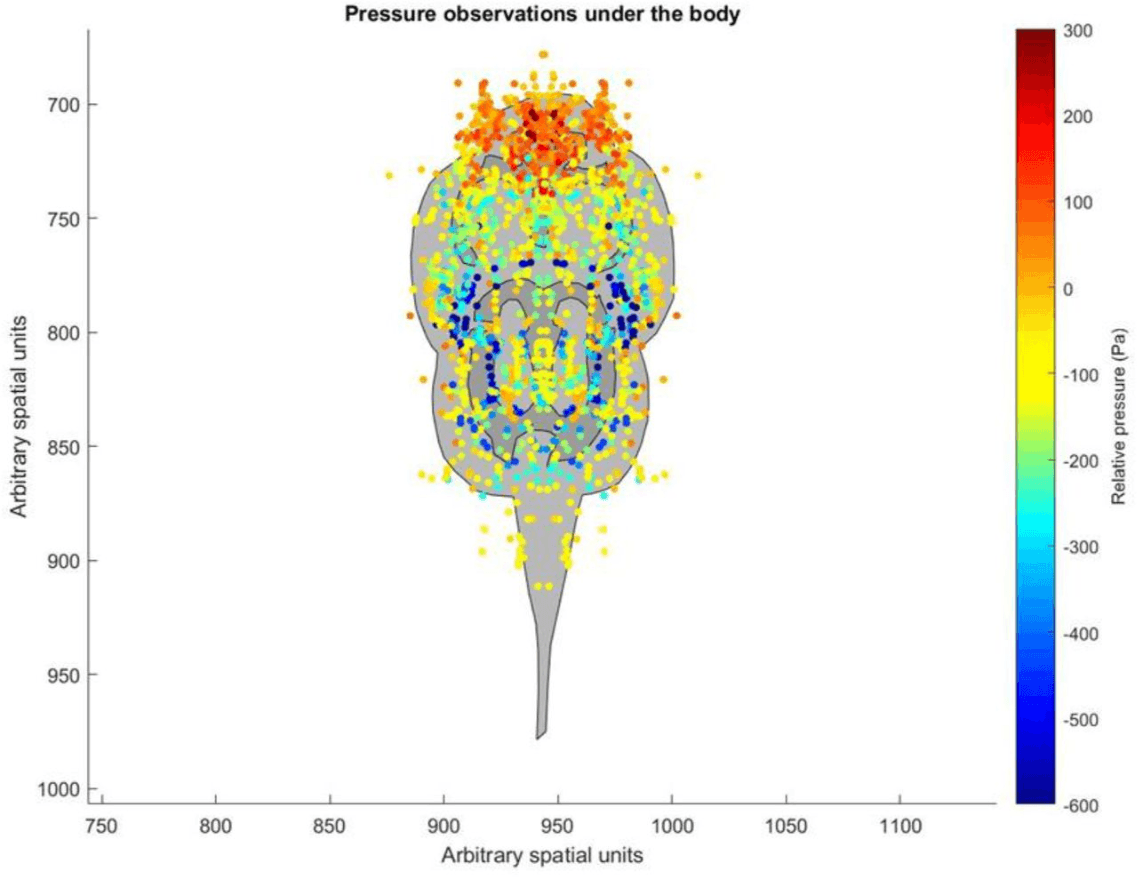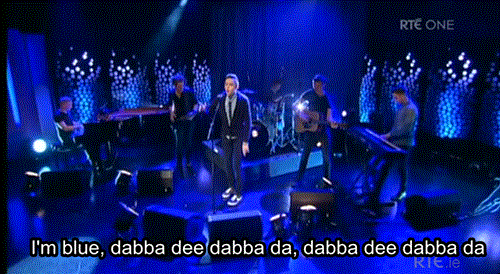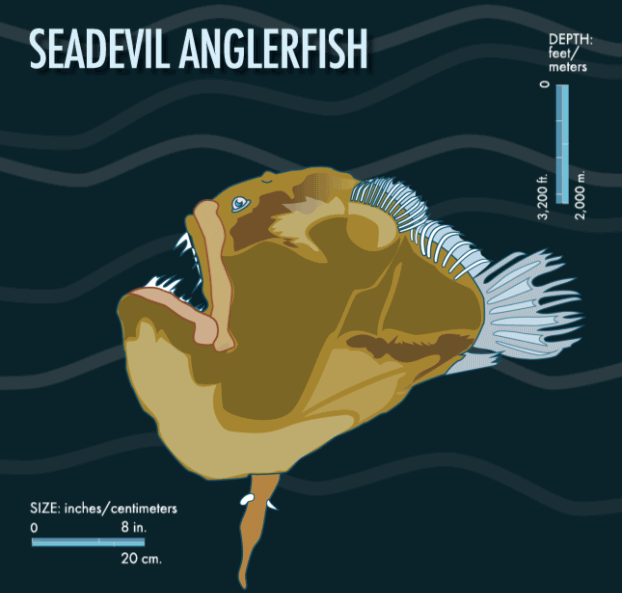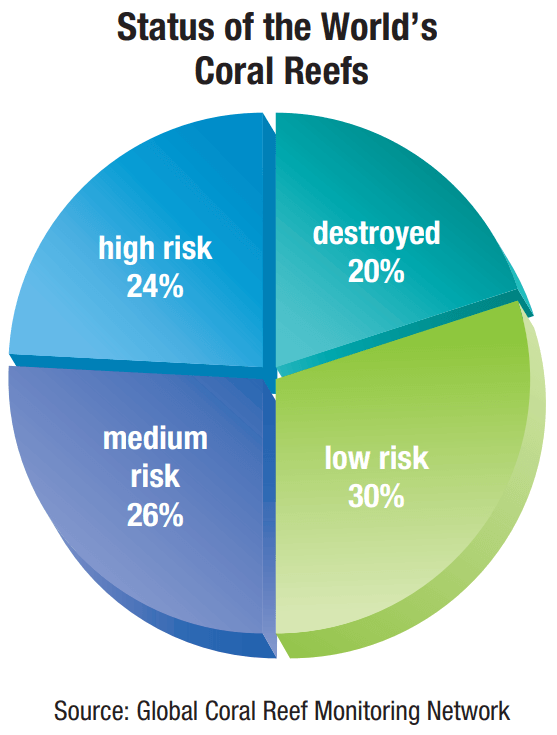The type of plankton that produces most of the food in an aquatic ecosystem is called
Phytoplankton
Name a recreational activity coastal wetlands provide humans
Boating,
Fishing,
Hunting,
ETC
In the _________ zone, aquatic life is most diverse and abundant.
littoral
marine ecosystem dominated by trees with stilt-like roots
mangrove swamps
This freshwater fish has an adaptation to hold on tightly to rocks using its mouth. If it didn't have this adaptation, it would be swept away by the fast-moving water. In what ecosystem do you think it is adapted to?

Rivers
Give two factors that determine where an organism lives in an aquatic ecosystem.
- Temperature
- Nutrients
- Oxygen
- Sunlight
Why doesn’t photosynthesis occur in deep ocean water?
There is no sunlight
Tiny animals, called polyps, secrete limestone creating __________ _________
Coral Reefs
bottom of a pond or lake
benthic zone
Seagrass beds are a coastal ecosystem that absorbs atmospheric carbon. What do we call these types of ecosystems? Hint: ___ carbon.

Blue carbon
Swamps are commonly found on...
flat, poorly drained lands
In estuaries, fresh water and salt water mix, forming
brackish water
Estuaries are extremely productive ecosystems because they continually receive nutrients from _________ and _________.
rivers & oceans
use stinging tentacles to capture prey
coral
Krill are important zooplankton in the food webs of arctic and antarctic ecosystems. We call these important species "___ species".

Name two substances that can accelerate eutrophication
Sewage
Fertilizer
Animal Waste
Describe how oysters and clams affect estuaries
They filter the estuary making the water clearer
What is the main source of food in the arctic & Antarctic ecosystem?
Marine life or phytoplankton
fish or whales
nekton
What does bioluminescence mean?

Living things create their own light
Name two reasons humans drain, fill, and clear wetlands
Farms
Residential Development
Commercial Development
Trees that grow in saltwater, creating an important coastal ecosystem
mangroves
Bacteria can kill organisms in eutrophic lakes by _________.
reducing oxygen dissolved in water
mussels, clams & worms
benthos
There is a total of 255,300 square kilometers of coral reefs in the world. Calculate how many square kilometers of coral reefs are still living.
204, 240 km2